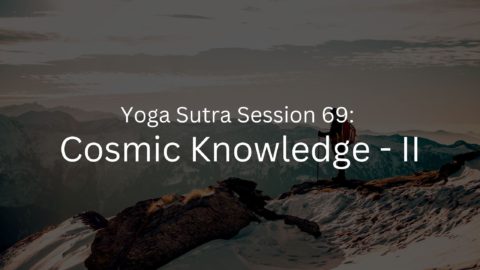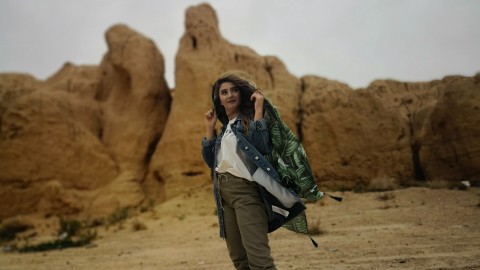Integrating Ancient Wisdom in Modern Life: Religion A Science
- Today’s session is summarising all four chapters: Samadhi, Sadhana, Vibhuti, and Kaivalya. Journey with Patanjali one will never feel fear, because he knows where you will feel fear. He cuts the steps smaller and smaller, almost as if you move on the plain ground. He takes you so slowly that you cannot observe when the jump has happened, when you have crossed the boundary. And he is also a poet, a mystic – a very rare combination.
- Yoga is pure science. And Patanjali is the greatest name as far as the world of Yoga is concerned. This man is rare, there is no other name comparable to Patanjali. For the first time in the history of humanity this man brought religion to the status of a science. He made religion a science; pure laws, no belief is needed.
- Samadhi Pada expresses the goal of concentration, as a means of achieving vairagya (detachment) through abhyasa (practice). Patanjali explains that this is possible only with a balance between effort and letting go. Obstacles to mental stillness are outlined in Samadhi Pada, followed by a description of the resulting state of absorption. This dissolving of the self is described as the key to ending mental pain and suffering, through the Gyan Yoga. In this pada full journey is described.
- Sadhana Pada describes Kriya yoga (yoga of action) and the steps to eliminate worldly suffering and reach a yogic state through Karma Yoga – a process known as The Eight Limbs of Yoga, or the eightfold path. Sadhana Pada further elaborates on the first five limbs. The eight limbs introduced in Sadhana Pada are:
- Yamas,, Niyamas, Asana, Pranayama, Pratyahara
- Dharana, Dhyana and Samadhi
- Vibhuti Pada is dedicated to the deeper progression of yoga practice, with a focus on the mind’s power to manifest. The powers listed in this chapter are said to be the result of samyama, the collective term for the last three limbs of Patanjali’s eight-limbed path: dharana , dhyana and samadhi through Upasana Yoga. Once these three stages are mastered, it is said that siddhis can be manifested by the practitioner. However, Patanjali warns in Vibhuti Pada that one must practise without ego, or else these powers may become an obstacle on the path to Kaivalya or ‘final liberation’.
- Kaivalya Pada Kaivalya is a state of solitude, aloneness, isolation and detachment through Gyan Yoga. The word is derived from the Sanskrit Kevala, meaning “alone” or “isolated.” It is a separation of Purusha from Prakriti. It is a detachment and independence from relationships, egoism, attraction, aversion and the cycle of birth and death. One can achieve this state by performing austerities, yoga practice and discipline. One who achieves this state is called a Kevalin. Patanjali talks about a yogi who achieved Kaivalya and is independent from all bonds. He attained the state of absolute consciousness, described in the chapter 1 Samadhi Pada.










